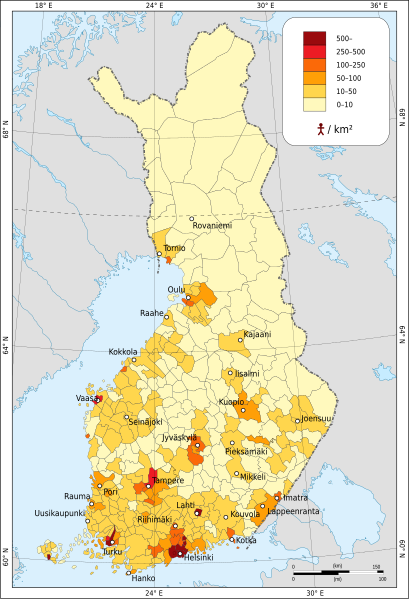--
It’s not just the United States that is facing budget pressures and the temptation to cut flying hours. In early 2013 the French Air Force adopted radical new training methods to deal with such cuts. Rather than cut the flying time of all pilots by 17 percent (from 180 hours a year to 150), half the pilots would remain at 180 hours while the other half would be reduced to 40 hours in combat aircraft (like the Rafale) and another 140 hours in a high-end jet trainer aircraft (that are much cheaper to operate than the Rafale, or similar aircraft). If there were a major war and the second line pilots were needed they would undergo 60-90 days of intense training in the Rafale, amounting to over a hundred hours of flight time, which the French air force leaders believe would make them roughly equal to the first line pilots in terms of capability.
All this is something of a gamble and it’s unclear if it will actually work. But the French have little choice, since the money is not there to maintain 180 hours a year for everyone and as the recent operations in Mali made clear, you need highly skilled and experienced pilots to carry off operations like that without losing aircraft.
The U.S., currently, and Russia, during the 1990s, used a similar two-tier system, where pilots not heading into a combat zone had their flight hours cut. But when a squadron was scheduled for a trip to a combat zone, pilots got a lot more flying hours for the few months before they went. This apparently was sufficient to get the pilots back (or reasonably close to) their former (with 180 or more flight hours a year) competence levels. The U.S. has already been using this system because of earlier budget cuts.
--




 "Hieman suurempi osa" voinee tarkoittaa tässä tapauksessa myös esim. jakaumaa 32-30 Rissalan hyväksi?
"Hieman suurempi osa" voinee tarkoittaa tässä tapauksessa myös esim. jakaumaa 32-30 Rissalan hyväksi?